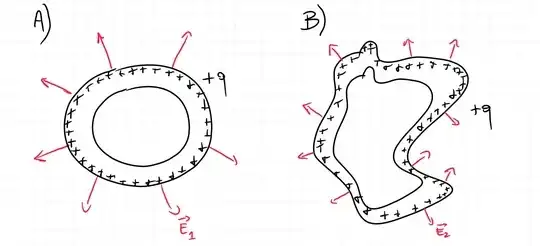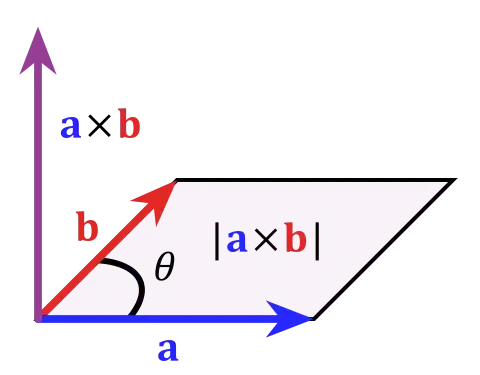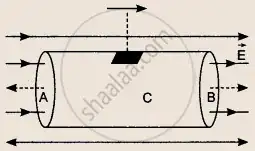My question is very similar to this one: Why is the field inside a hollow sphere zero?, but it's generalized to a non-spheric conductor, since we know that electrostatic field in the empty space (I'm not referring to the middle of the conductor, that's clear to me) of a hollow conductor is zero irrespective of the shape of the conductor. Could you show me why (even intuitively)?
EDIT:
I try to be more specific. We have the 2 situations in the image (no charge inside). In case A) the geometric reason why the electrostatic field in the hollow is zero is described in the thread I quoted before, but that explanation is true only for spheric conductors. Nevertheless, we know that the field in the hollow is zero irrespective to the shape of the conductor so it has to be zero in case B) too. How do you explain that by vectorial sum? My intuitive hypothesis is that the irregular shape produces not uniform (according to different radii of curvature) charge distribution on the surface and this two effects (irregular shape and irregular distribution) balance each other in order to cancel internal field in every point as the sphere does. Is that true?


